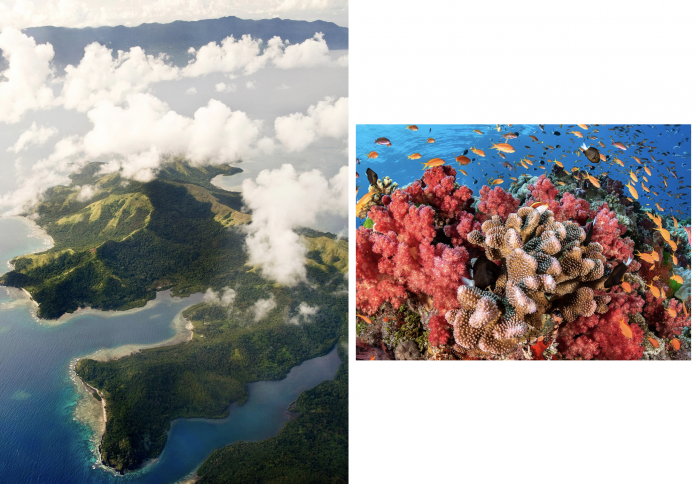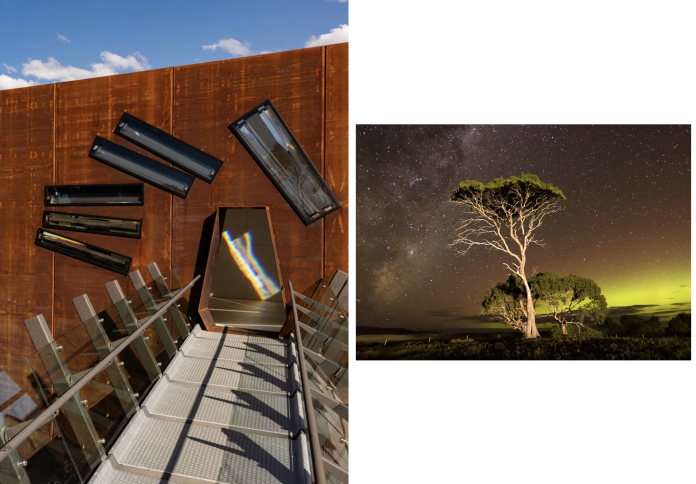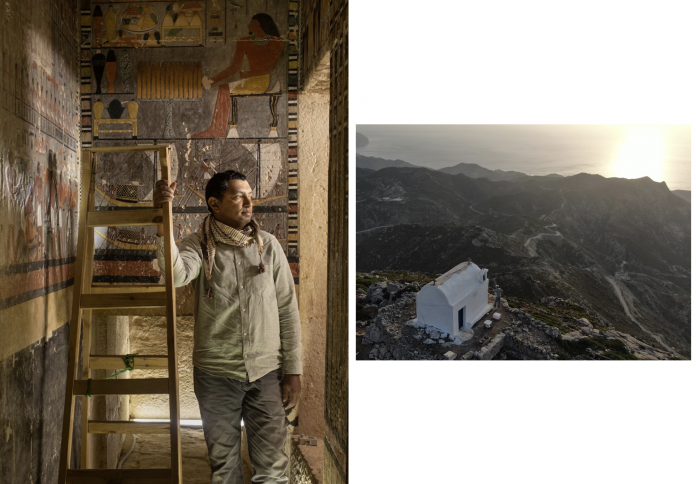Fiji has once again captured the world’s attention, this time by earning a coveted spot on National Geographic’s Best of the World 2026 list. This recognition goes far beyond the country’s well-known attributes of pristine turquoise waters and sun-drenched beaches. Instead, it is a powerful testament to Fiji’s leadership in a new global travel movement centered on sustainability, profound cultural engagement, and community upliftment. The nation is pioneering a model that ensures its thriving tourism sector directly contributes to the preservation of its breathtaking natural resources—from its vibrant coral reefs to its lush coastal mangroves—and the empowerment of its local people. By intentionally encouraging visitors to seek deeper connections and participate in conservation efforts, Fiji offers a transformative journey. It is a destination where island luxury is interwoven with a clear social and ecological conscience, making it the essential escape for the thoughtful and responsible global explorer.
A Global Leader in Sustainable Island Tourism
Fiji’s inclusion in National Geographic’s highly selective roundup signals a major endorsement of its intentional shift toward high-value, low-impact tourism. The government and the industry have recognized that the islands’ most valuable assets are their untouched environment and authentic cultural experiences, and they are taking proactive steps to safeguard them. This strategy is about protecting the very product that tourists travel thousands of miles to experience, ensuring it remains viable and vibrant for generations to come.

This commitment is reflected in stricter environmental regulations for new resort developments, a push for greater energy independence, and the comprehensive integration of conservation programs into every layer of the travel sector. Rather than simply being a passive backdrop, the local environment has become the focus of a collaborative mission between locals and visitors. This ensures that the economic benefits of tourism are sustained long after a visitor has departed, feeding into community well-being and environmental health.
The philosophy underpinning this sustainable transformation is designed to attract a more conscious traveler, one who seeks not just relaxation, but a meaningful exchange. By transparently linking tourist dollars to conservation outcomes, Fiji offers a compelling narrative of a paradise fighting to maintain its integrity against global threats like climate change. The 2026 recognition solidifies Fiji’s status as a pioneering nation, setting a new benchmark for how small island developing states can responsibly manage their resources while achieving global acclaim.
The Loloma Hour: Community and Conservation
The heart of Fiji’s unique approach to guest engagement lies in the “Loloma Hour,” a locally derived concept that translates to acting with generosity and love. This initiative is a structured program that encourages tourists to dedicate a small but significant portion of their vacation time to ecological and social work. It elegantly reframes the traditional “happy hour” into an opportunity for environmental stewardship, giving visitors an authentic, hands-on opportunity to give back.

Guests across various resorts and community-based accommodations are invited to participate in activities that directly address local conservation needs. These often include planting resilient coral fragments onto damaged reefs, a vital process for rebuilding marine habitats threatened by warming seas. They may also involve clearing plastic debris from beaches and coastlines, or participating in mangrove planting, which creates natural buffers against storm surges and provides essential nurseries for local marine life.
Beyond environmental work, the Loloma Hour model extends to social contributions. Tourists may participate in educational outreach in local villages, assist with small community development projects, or learn traditional crafts under the guidance of local artisans. By monetizing and valorizing these authentic interactions, the Loloma Hour ensures that the financial benefits of tourism are distributed more equitably, building goodwill and fostering a sense of shared responsibility for the islands’ future between the hosts and their guests.
Preserving the Authentic Fijian Spirit
Fiji’s cultural trademark, the Bula Spirit, is legendary—a genuine expression of warmth, community, and unconditional welcome. The island nation is actively working to ensure this spirit is experienced authentically by visitors, protecting its cultural integrity from the homogenizing effects of mass tourism. This is achieved by empowering traditional village structures to showcase their heritage on their own terms, thereby strengthening local governance and pride.
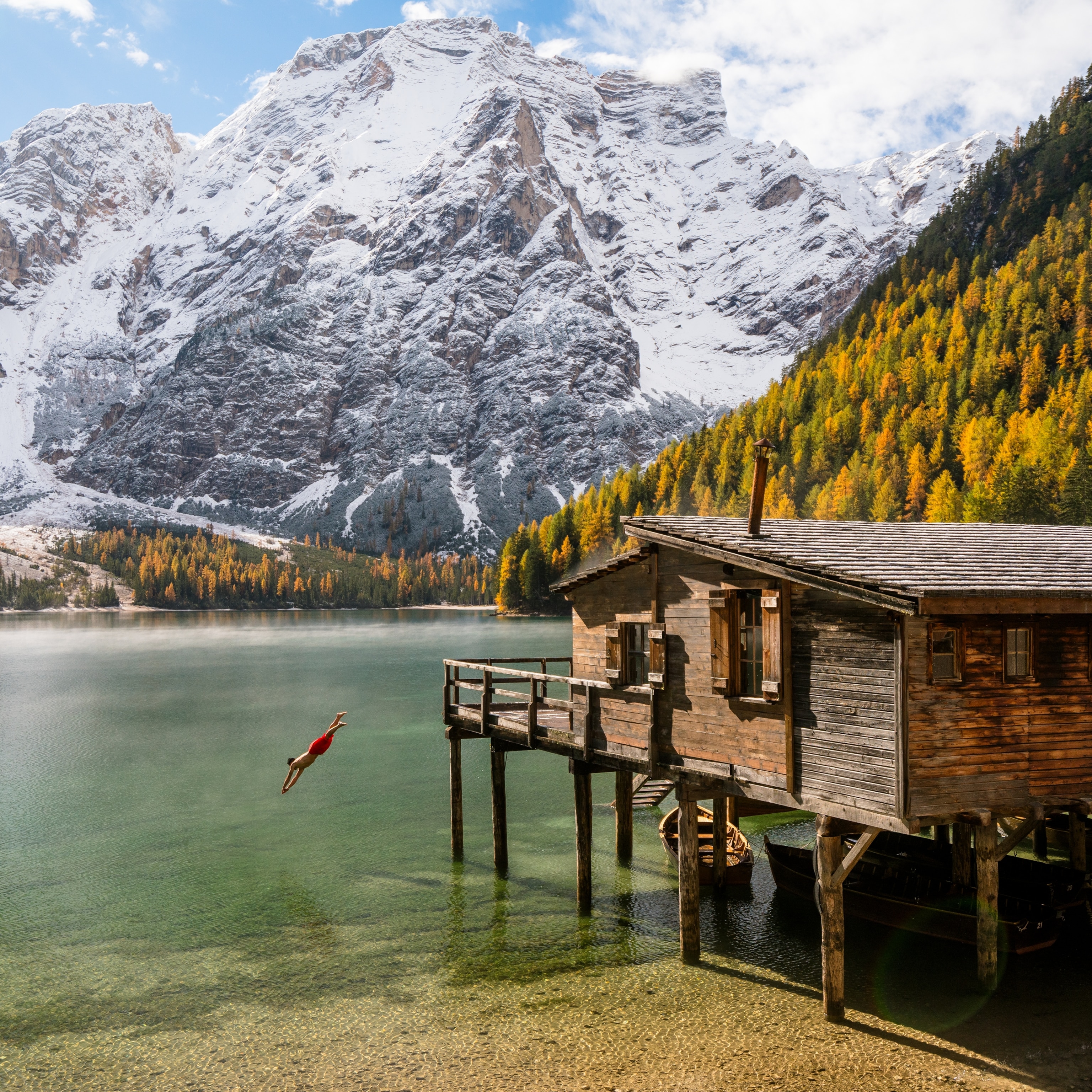
A significant part of the authentic Fijian experience involves immersion in the traditional vanua (land and people) concept. Instead of merely watching a performance, tourists are encouraged to seek deeper understanding through respectful participation. This includes engaging in a formal sevusevu (kava ceremony) with local chiefs, learning about ancestral ties to the land, and exploring traditional cooking techniques, or lovo. Such activities not only enrich the visitor’s journey but also provide a direct economic lifeline to rural and outer-island communities.
This focus on cultural preservation acts as a powerful counterbalance to the rapid pace of global development. By supporting indigenous practices and economic models, the tourism sector helps maintain the unique Fijian identity. National Geographic’s choice highlights that in Fiji, the greatest luxury is the chance to connect with a thriving, generous culture that remains deeply rooted in its traditions, a refreshing contrast to manufactured experiences found elsewhere in the world.
The Blue Economy and Marine Protection Efforts
For an archipelago nation, the ocean is both its lifeblood and its primary draw for visitors. Fiji has demonstrated exemplary leadership in protecting its vast ocean territory, a commitment that has been strongly emphasized in National Geographic’s selection criteria. The government has partnered with international organizations, including National Geographic’s Pristine Seas program, to conduct extensive deep-sea research and gather the scientific data necessary for effective marine spatial planning.
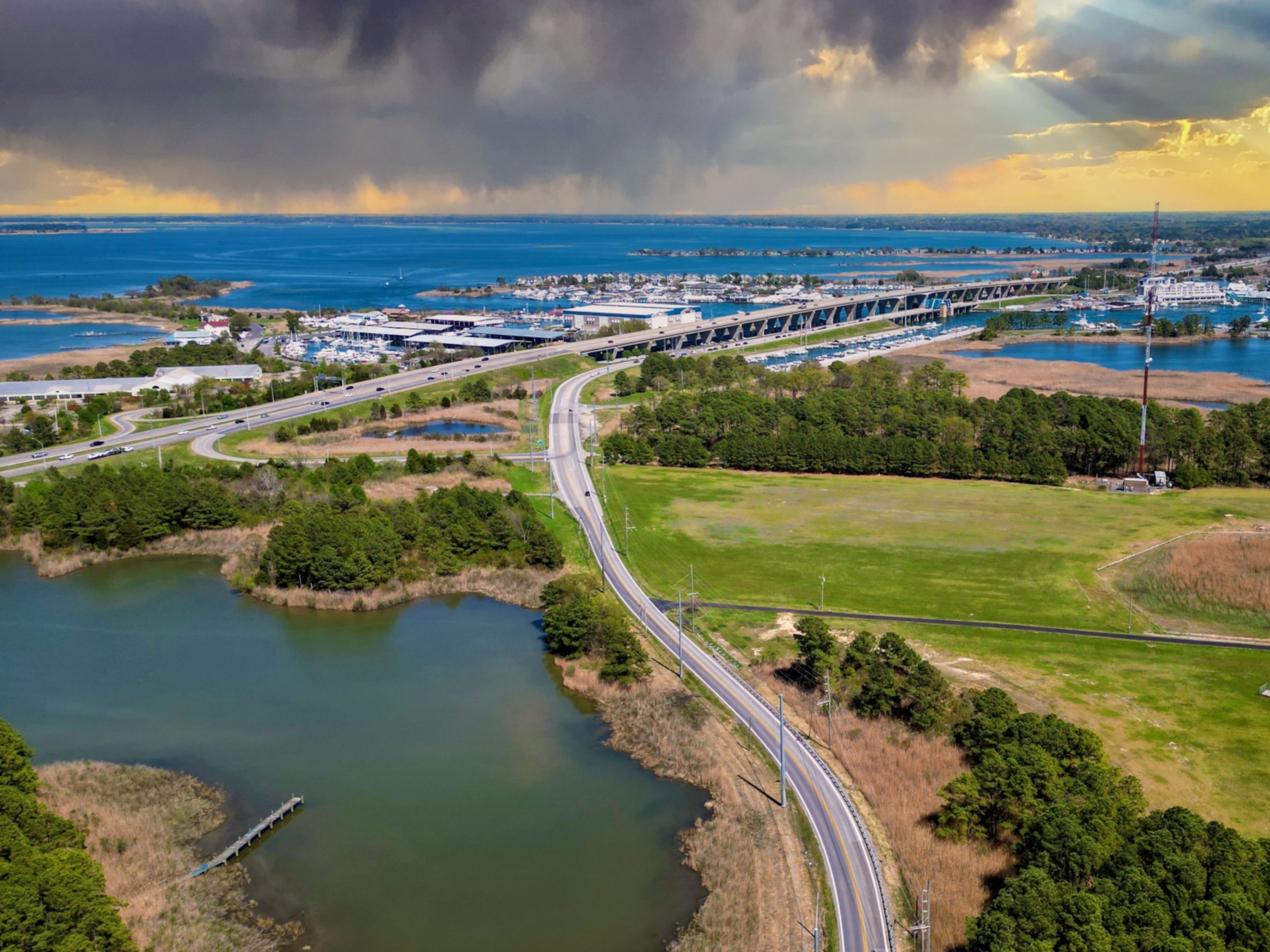
A major focus of this work is the implementation of Fiji’s pledge to protect a significant percentage of its Exclusive Economic Zone (EEZ), part of a global movement to safeguard marine biodiversity. This involves setting up and enforcing Locally Managed Marine Areas (LMMAs) and larger marine protected areas, which are critical for the regeneration of fish stocks and the health of coral ecosystems. These protected zones are not just a conservation effort; they are an economic imperative, directly supporting the dive, snorkel, and fishing industries that underpin the local economy.
Furthermore, Fiji is a vocal advocate on the world stage for climate action, recognizing that the long-term viability of its tourism and environment depends on global cooperation to combat sea-level rise and ocean acidification. By integrating traditional knowledge of the sea with modern science, Fiji is creating a blueprint for other nations to manage their marine resources sustainably. The result is a richer, more resilient underwater world for both Fijians and the visitors who come to witness its extraordinary biodiversity.
Rethinking Travel for Discovery and Joy
Fiji’s designation as a top destination for 2026 is a call to a new kind of traveler—one who seeks discovery, joy, and conscious purpose in their journeys. National Geographic explicitly champions places that challenge conventional travel algorithms, highlighting Fiji as a location that delivers both the expected tropical beauty and unexpected depth. It offers a unique opportunity for travelers to experience the feeling of a true, consequential escape.

The destination provides a rare synthesis of soft adventure and profound cultural education. Visitors can spend their mornings trekking through lush, volcanic highlands or participating in a mangrove replanting project, and their afternoons relaxing on a world-class beach or learning to weave a traditional tapa cloth. This layered approach ensures that the vacation is not just a passive consumption of scenery, but an active, memorable engagement with a foreign world, prompting personal reflection and growth.
Ultimately, Fiji’s success in being named one of the world’s best is a testament to its successful marriage of tourism with deep-seated national values. It has turned its greatest vulnerability—its small size and environmental fragility—into its greatest strength, offering a travel experience that is both hedonistic and holistic. By promoting an inclusive, regenerative tourism model, Fiji not only remains a stunning paradise but establishes itself as a beacon of hope for sustainable global travel, inviting visitors to be a part of its uplifting narrative.
